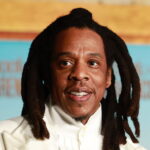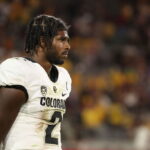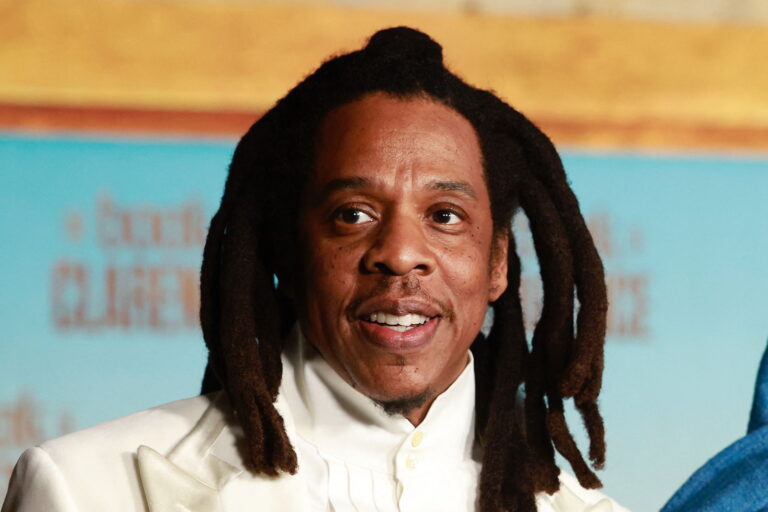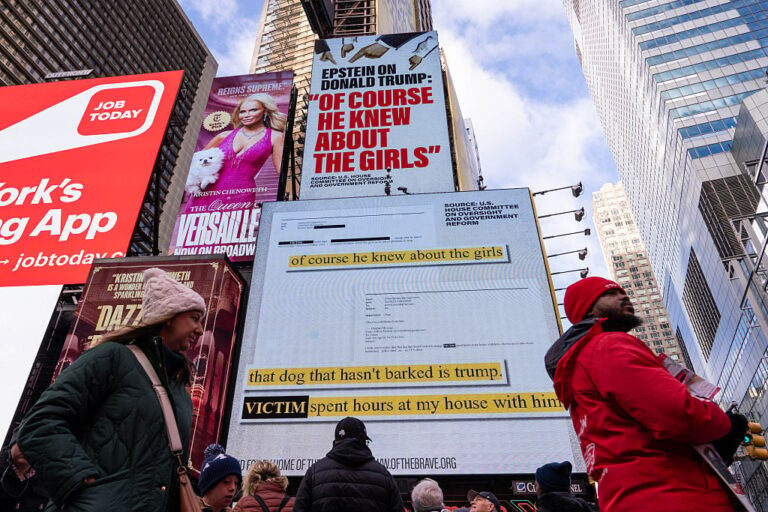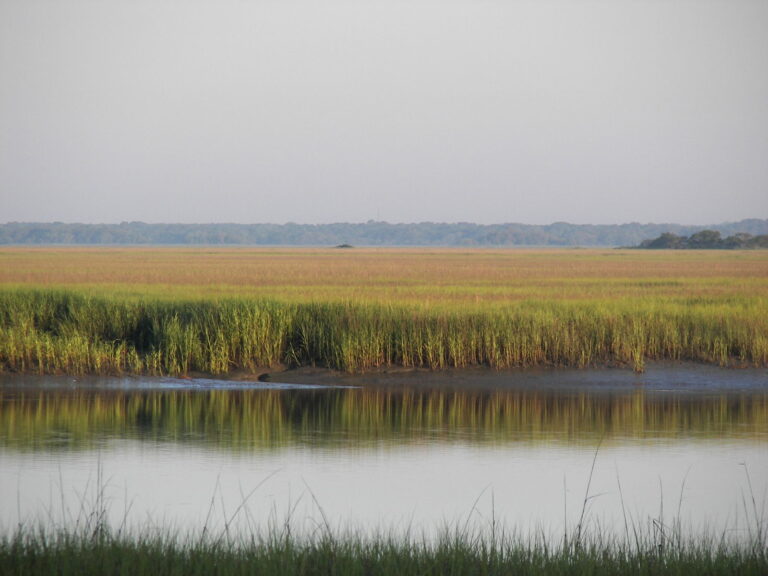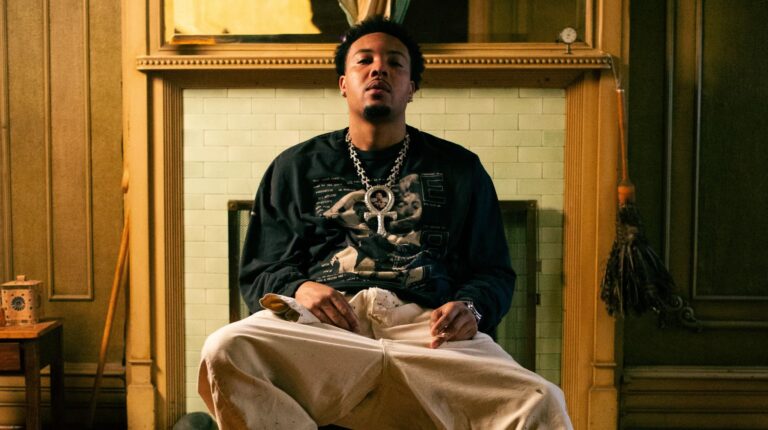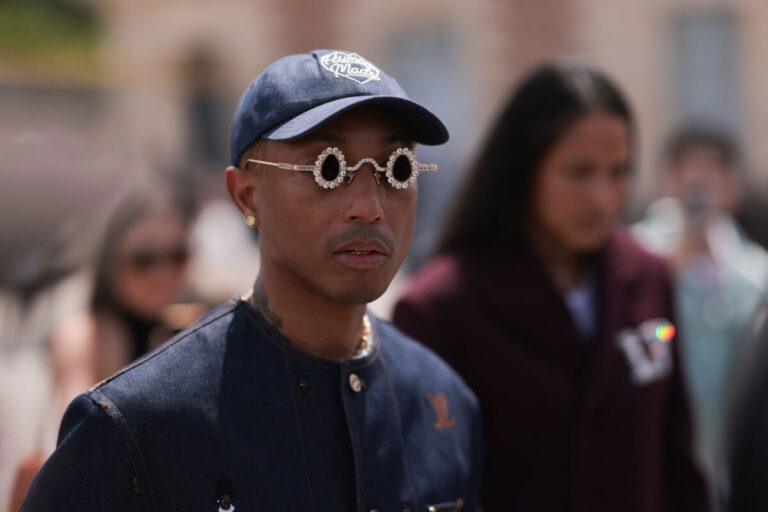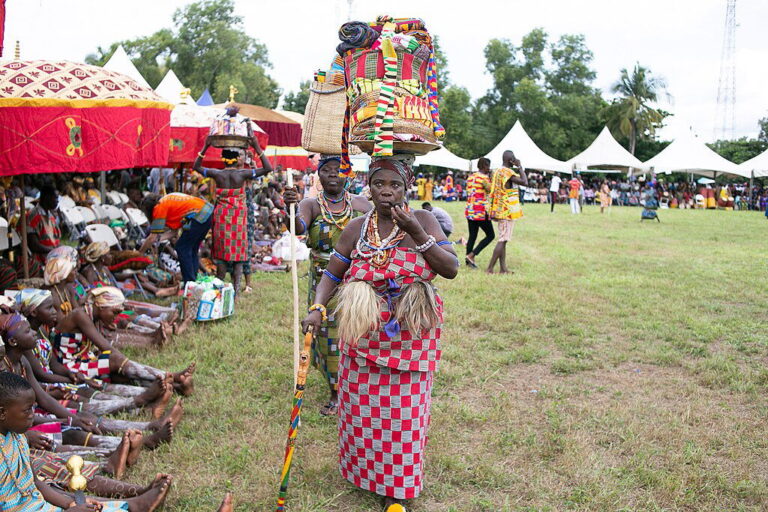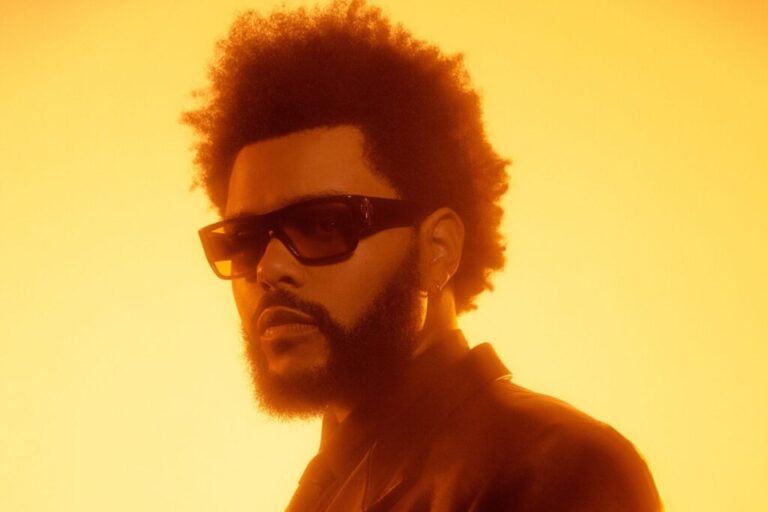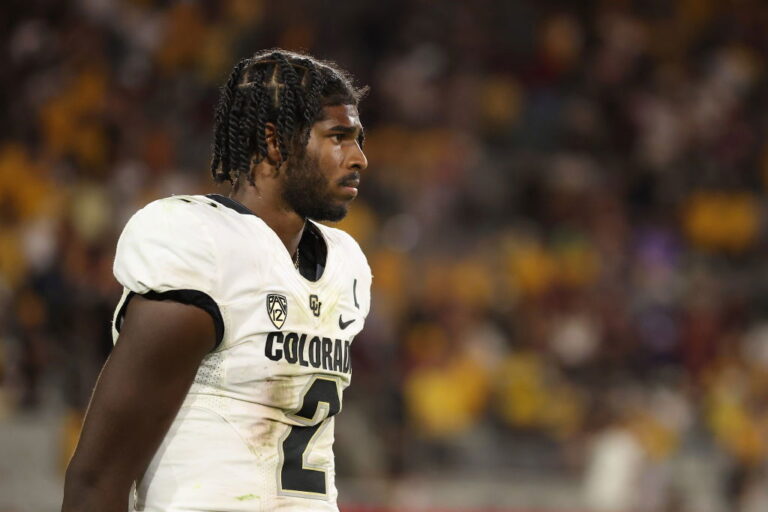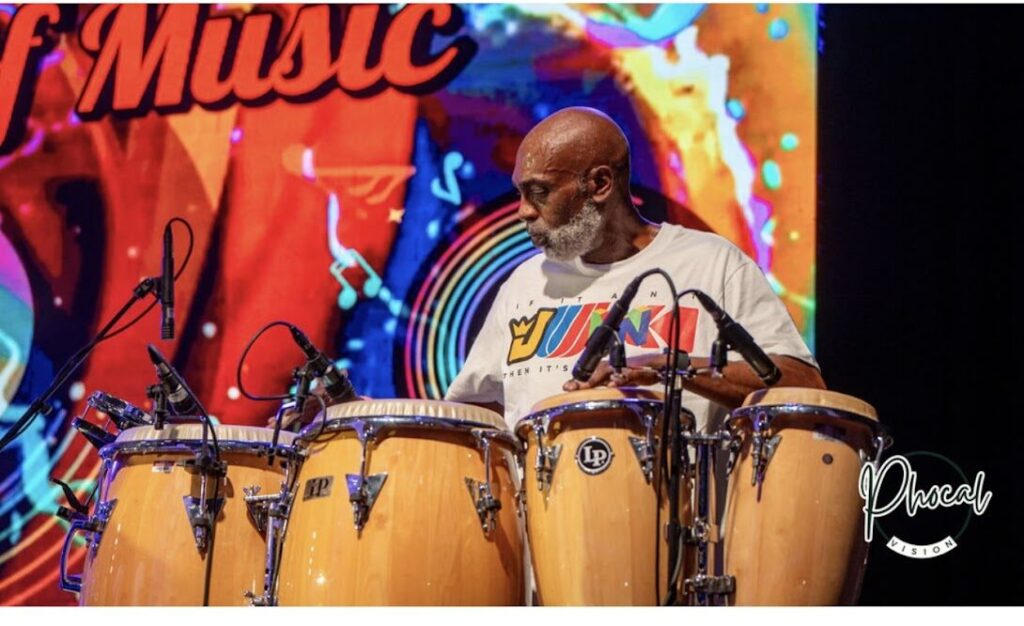
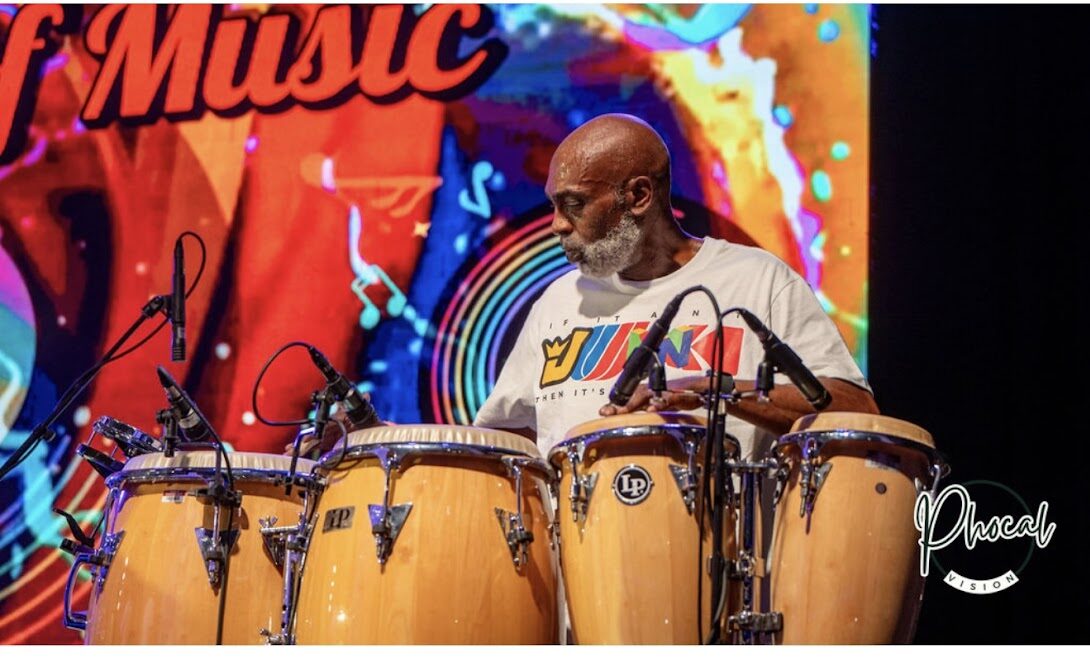
August 11, 2025
The distinctive sounds of Go-Go music took middle stage on the Bandshell.
The seventeenth Annual Miami Seaside Takeover wrapped a four-day cultural pageant on the finish of final month that celebrated group, artwork, and the colourful rhythms of Washington, D.C.’s native Go-Go music.
The occasion, produced in collaboration with the Metropolis of Miami Seaside and the Miami Seaside Customer Conference Authority (MBVCA), featured a various lineup of occasions, together with a energetic Go-Go and R&B live performance on the iconic Miami Seaside Bandshell.
Native and visiting crowds have been handled to a spread of experiences, from daytime occasions at Artwork Deco resorts to a group service seaside sweep clean-up morning.
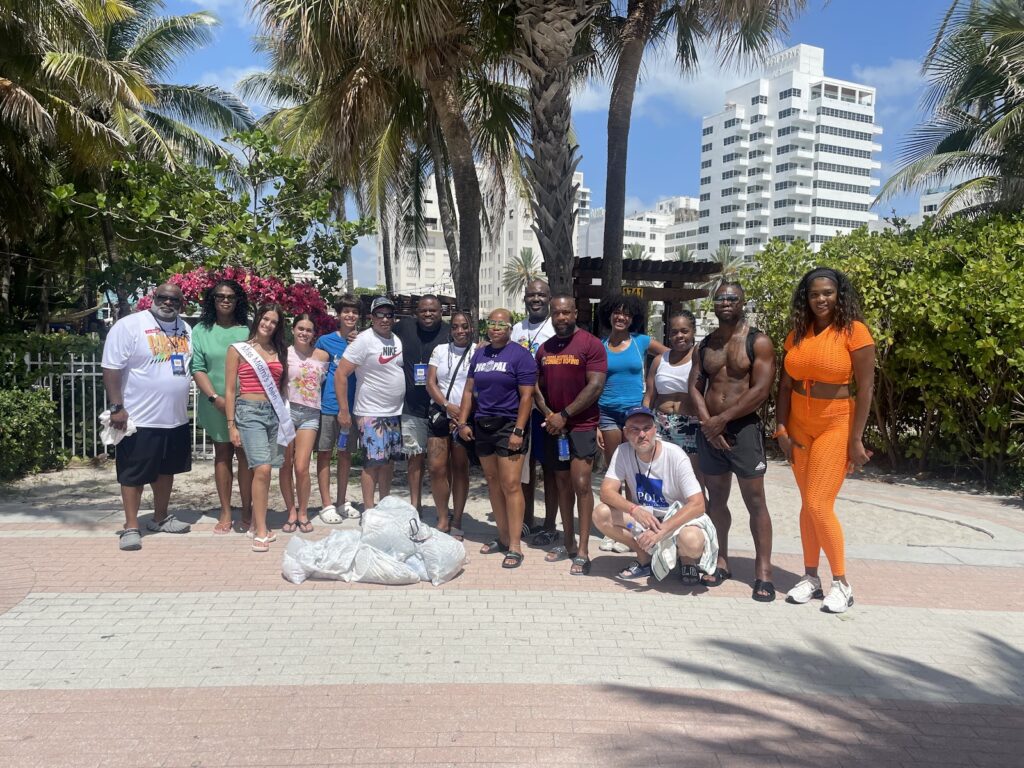
The festivities culminated in “The Artwork of Go-Go Tradition Fest,” a live performance showcasing performances by bands– Black Ardour, High 5, and the legendary Junkyard Band.
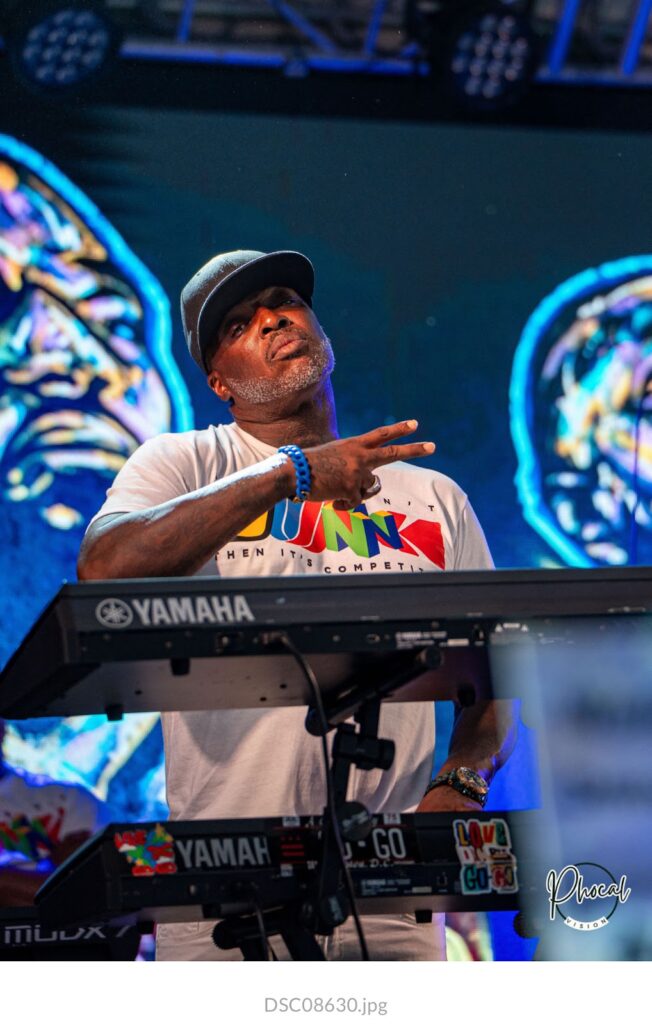
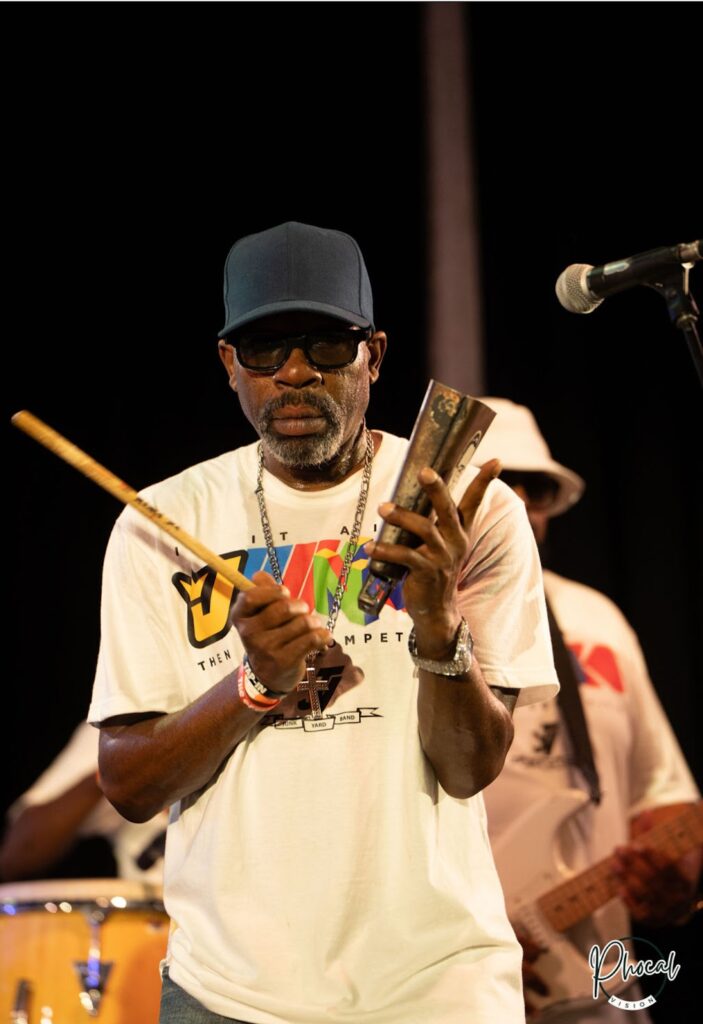
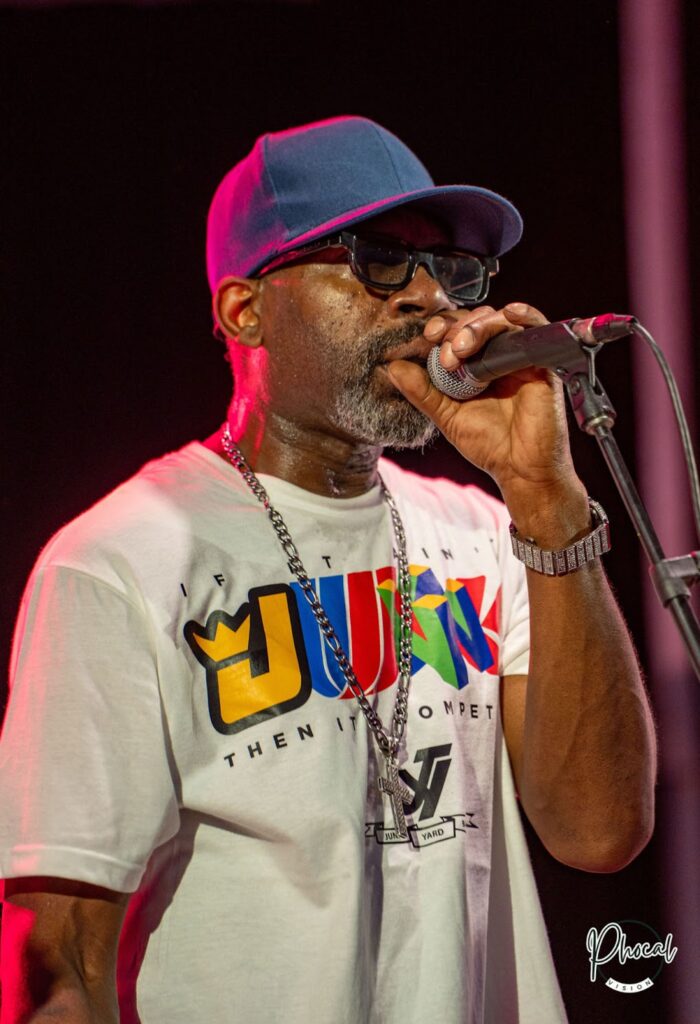
On the pageant, visible artist Demont Pinder created a dwell portray to memorialize the late actor Malcolm-Jamal Warner. Pinder, together with Miami Takeover co-owner Wylie Konard, posed with the completed art work, a poignant tribute to the group and tradition the occasion celebrated.
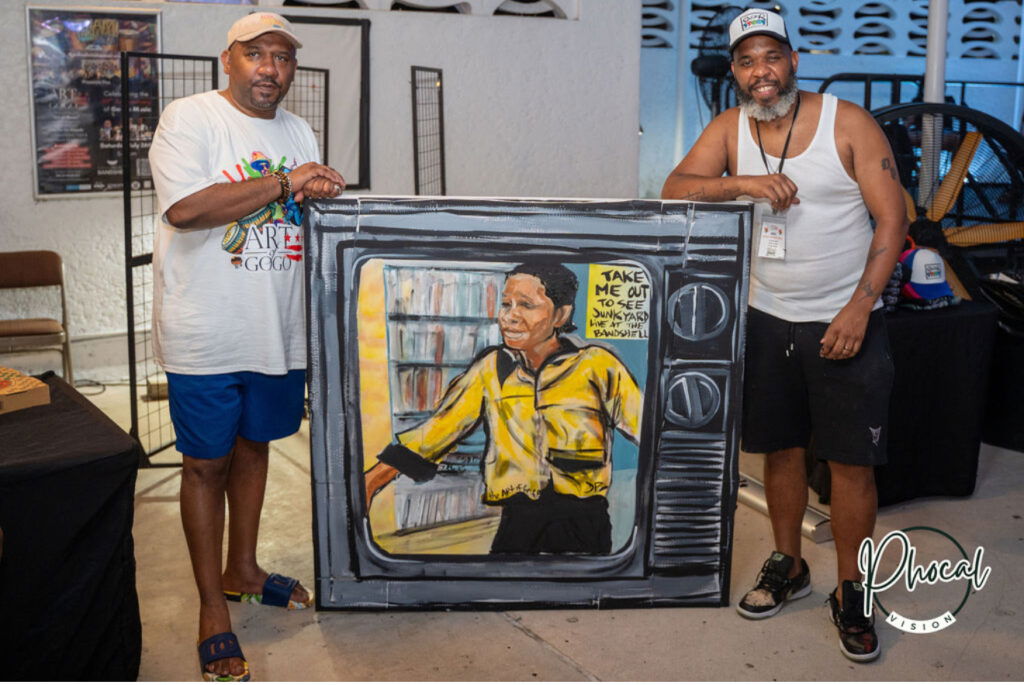
The distinctive sounds of Go-Go music took middle stage on the Bandshell. Junkyard Band members Gerald Lattimore, James Jasper, and supervisor Moe Shorter mentioned the style’s historical past and evolution in an interview. Shorter defined how Go-Go adapts to remain present.
“Go-Go is sort of… it goes with no matter is sizzling,” Shorter mentioned. “It’s nonetheless Go-Go, however it’s influenced by no matter is sort of sizzling on the time.”
Lattimore elaborated on this concept, drawing a comparability to jazz music. “Early days, like with Chuck Brown, it was sort of like extra like disco, funk type,” he mentioned, earlier than noting the way it advanced to develop into extra “bass-heavy, drum-heavy” within the Eighties as rap gained reputation.
Favourite Bands and Go-Go’s Ever-Altering Sound
The band members additionally shared their private favorites, with Lattimore mentioning Air Raid as a best choice.
“They have been very dynamic of their efficiency… they bought a number of vitality,” he mentioned, recalling the band’s highly effective however short-lived heyday.
Jasper cited Uncommon Essence as his favourite band, noting that listening to their music as a toddler from older members of the family is what made him fall in love with the style. He used Uncommon Essence as a first-rate instance of Go-Go’s stylistic evolution.
“Hearken to ‘Physique Strikes’ and hearken to ‘Work The Partitions,’ and also you’re going to be like [they’re not the same band],” he mentioned. “As a result of ‘Work The Partitions’ is sort of a rap tune,” a stark distinction to the sooner disco-funk sound of “Physique Strikes.”
The Motion
The band members additionally mirrored on how Go-Go, born in D.C., expanded its attain. They famous that the style’s unfold was not a deliberate effort, however somewhat an natural course of fueled by faculty college students.
“When individuals want to come to D.C. to go to highschool, they decide it up, they take it again house to their metropolis [and] city, and it grew from there,” Jasper mentioned.
Go-Go’s longevity was additionally a central theme. The style has survived challenges resembling gentrification and even a interval when it was banned from particular venues. The Junkyard Band took a political stance towards the ban, combating for the music’s proper to exist.
“It sort of fuels you within the sense of, ‘they don’t need me to do that.’ And only for that motive, I’m going to do it,” Lattimore mentioned. “The federal government doesn’t need it, however the individuals need it.”
The band members concluded that what makes Go-Go so highly effective is its distinctive, deeply felt rhythm that may’t be taught.
“It’s a really feel,” Shorter mentioned. “You’ll be able to’t even say, ‘put the minor 9 on it.’ You bought to really feel it.” He added {that a} Go-Go band can get an viewers shifting in a method that even extremely expert musicians in different genres can’t, describing the music as “non secular.”
The Junkyard Band plans to have fun its forty fifth anniversary with a non-public soiree.
“The Final Celebration Is Lastly Right here! Junkyard Band, Moe Shorter & Road Data Presents…#JunkyardBand #forty fifth #Anniversary!! Saturday, August 16, 2025… 7 p.m. till 11 p.m. ALL THE INFORMATION IS BELOW & ON THE FLIER ℹ️.”
The Roots of Go-Go
The Beat Don’t Cease, a feature-length documentary by TV One, traces the founding of go-go music in D.C. to a formative second in a membership known as the Maverick Room within the metropolis’s Edgewood neighborhood someday round 1974. A musician named Chuck Brown was grooving along with his band, the Soul Searchers, and determined he wished his percussionists to proceed taking part in in between songs so the dancing by no means ceased.
In time, Brown turned “The Godfather of Go-Go” (though bands like Black Warmth and the Younger Senators additionally deserve credit score for laying the inspiration) and created the “pocket,” which is the signature groove of the music, connotating the rhythmic interaction between the drummer, conga gamers, and extra percussionists. Whereas the beat ebbs and flows, the vocalist then begins a call-and-response with the group, permitting for an array of shout-outs and creating a completely communal ambiance.
Inside its grooves, go-go comprises multitudes: the smoothness and sexiness of soul and jazz, the slap-bass of funk, the highly effective rhythm of R&B, and the call-and-response of gospel. It’s a music of celebration and participation, as go-go really thrives with a crowd to bop to the groove and reply to the singer’s proclamations.
In 1978, Brown launched “Bustin’ Free” as a single, and shortly, the tune hit the Billboard charts.
Over the following few years, a vibrant go-go music scene emerged throughout the District. Good Black musicians, a lot of whom had attended native excessive colleges and took part in epic marching band competitions, shaped massive teams that includes keyboards, horns, and strings, along with the important percussion devices.
Nevertheless, apart from temporary moments within the cultural limelight, together with an unsuccessful 1986 studio movie entitled Good to Go starring Artwork Garfunkel (of all individuals), singles just like the aforementioned “Bustin’ Free” and Expertise Limitless’s (EU) “Da Butt” (featured in Spike Lee’s 1988 movie College Daze) and the 1987 Go-Go Reside live performance in entrance of a packed Capital Centre (a venue in Landover, Md. normally reserved for nationwide acts), D.C.’s go-go music by no means captured the eye of the lots the way in which it might have due to an array of things.
Throughout Go-Go’s preliminary surge, town embraced its potential. Mayor Marion Barry’s Summer time Youth Employment Program impressed teenagers to deliver devices and bond over the music. On the identical time, D.C.’s Division of Parks and Recreation even drove bands round in “Showmobiles,” permitting teams to carry out free go-go concert events in a number of neighborhoods through the summer time months.
Sadly, because the Eighties wore on, drug use and violence turned a part of the District’s story, because the crack epidemic ravaged the area, which led to confrontations at concert events that will spill over into the streets. Though broader systemic points have been at play, lawmakers started to brazenly blame go-go concert events for town’s strife. Curfews have been instituted, golf equipment refused to let go-go bands carry out, and step by step, hotbeds for the music have been shut down. College budgets within the metropolis additionally shrank, inflicting music teaching programs to be minimize, which in flip minimize off an important breeding floor for town’s go-go musicians and the sense of group they have been capable of construct. As an alternative of embracing an artwork kind that served as an outlet for these troubled by the streets, critics made Go-Go music a scapegoat.
Even within the face of criticism and governmental interference, D.C.’s bond with the music has by no means ceased. Native radio stations nonetheless play marathon late-night go-go periods, “Bustin’ Free” has develop into a mainstay at native sporting occasions, and acts resembling Chuck Brown (who handed away in 2012) and Uncommon Essence are iconic establishments. And in 2019, one other very important chapter was added to Go-Go’s story.
A Metro PCS retailer in D.C.’s Shaw neighborhood had been identified for years for its embrace of go-go, with the distinctive music taking part in all through the day. Nevertheless, due to the grievance of a resident at a close-by luxurious condominium advanced, the shop’s proprietor was pressured to mute the music. Washingtonians responded en masse with rallies and dwell music, resulting in the coining of the #DontMuteDC hashtag by a Howard College scholar. The shop unmuted the music simply days later, and by February 2020, Mayor Muriel Bowser had signed a invoice that made go-go the official music of D.C.
The mayor’s workplace has dedicated to implementing applications and even opened a museum in November 2024 that can protect and perpetuate go-go music, together with the unbelievable tradition and historical past the music has constructed.
RELATED CONTENT: Melky Jean, Saint Sauveur 1972 Rum, And The Daring Reclamation Of Haitian Heritage


